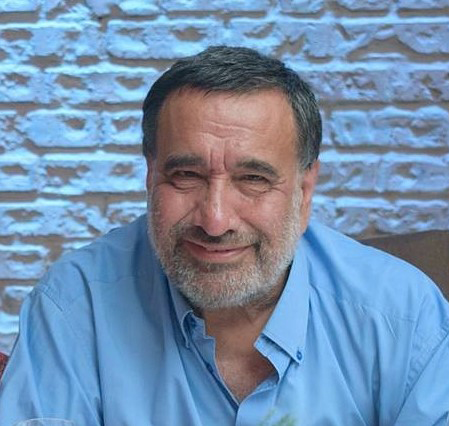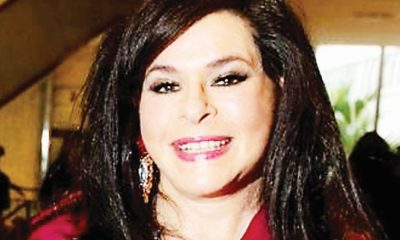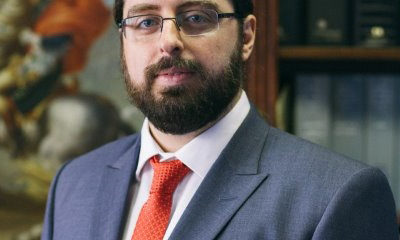
OpEds

The murder of Ashley Kriel
Forensic investigator David Klatzow, who for three decades campaigned to reopen the investigation into the death of anti-apartheid activist Ashley Kriel in 1987, welcomes the news that the case is being reinvestigated. He gives his opinion.
There were many crimes committed by the police in the 1980s which cry out for justice. Some made it into the headlines, but none resulted in the prosecution of the policemen who committed these crimes. Not even in the case of Steve Biko were the police sanctioned for his death. It took years to get Biko’s doctors Benjamin Tucker and Ivor Lang to be censured by the deeply apartheid medical council.
The case of Ashley Kriel is no exception to this toxic and melancholy state of affairs. Ashley was an effective political organiser in the Cape, and his activities brought him to the attention of the security police. He was a wanted man.
One day in 1987, the police received information that Kriel was hiding in a house in Athlone, and they sent Sergeant Anthony Abels and Warrant Officer Jeff Benzien to survey the house, but not to take any further action. Disobeying their orders, they knocked at the door, and when Kriel opened it, a struggle allegedly ensued.
During that struggle, according to the police, Kriel produced a firearm and, in the process of subduing him, a shot was discharged and Kriel was fatally wounded. So much for the police version.
I gave evidence at the inquest. On the bench was inquest Magistrate G Hoffman and sitting as an assessor was Theo Schwër, who was the head of forensic medicine at Stellenbosch.
Crucial to the case was the fact that there appeared to be a contact wound on Ashley’s back just alongside his shoulder blade. However, there was also a hole in the tracksuit top he was wearing. Herein lay the problem. The hole in the clothing was small, about three millimetres. Tests done by me with the same weapon and the same type of clothing using a dead pig as a backdrop, produced a significantly larger hole, about 30 millimetres in size.
Thus, the hole in the clothing didn’t match up with the alleged contact shot that was central to the police version. The police brought in their ballistics “expert”, one Willie Visser, who essentially found that a contact shot with pig skin as a backdrop produced the massive hole. This was no problem for Visser. He went about manipulating his results until, by using a sandbag as a backdrop, he could achieve the size hole in the clothing that he desired.
My comment to the court was that the only thing that this proved was that the deceased was a sandbag – the so-called reductio ad absurdum argument (a method to disprove an argument by illustrating how it leads to absurd consequences). The state pathologist, the late Deon Knobel, was no better. He performed equally fatuous and scientifically illiterate experiments to prove the police version.
What actually happened was that Kriel was shot from some distance away and Benzien, realising that this would be difficult to explain, pulled up Kriel’s tracksuit top and fired a second shot through the same entrance wound. This is the only explanation which can explain the discrepancy in the bullet-hole size in the tracksuit.
Of great sadness to me was the assessor. He should have known better. He sat through this parade of scientific nonsense without raising a question.
The failure to act fairly and to see to it that justice was administered will stand for evermore against the name of Theo Schwër, and rightly so. The magistrate, Hoffman, was typical of the apartheid apparatchiks who were all too common on the bench at the time.
Thus, the take-home message of this whole parody of an inquest was that Ashley Kriel was murdered by Benzien and Abel, and the justice system let him down.
The application by Benzien at the amnesty hearings of the Truth and Reconciliation Commission was similarly a travesty as far as the truth was concerned. The person who represented the family never thought to properly prepare any cross examination for Benzien.
The result was that Benzien continued with his false narrative, and got away with it again. That lawyer now inhabits the Cape Bench.
The climate of our courts has changed, and the re-opening if the Ahmed Timol inquest and the inquest into the death of Dr Neil Aggett have set the scene for more investigation to find the truth and punish the wrongdoers. It would be a good example to set for the current crew of corrupt policemen.
- David Klatzow was one of South Africa’s first private forensic scientists and was involved in most of the high profile cases of the 80s and early 90s, including the Helderberg plane crash, the attempted murder of Dr Frank Chikane and the murder of the Gugulethu 7.










